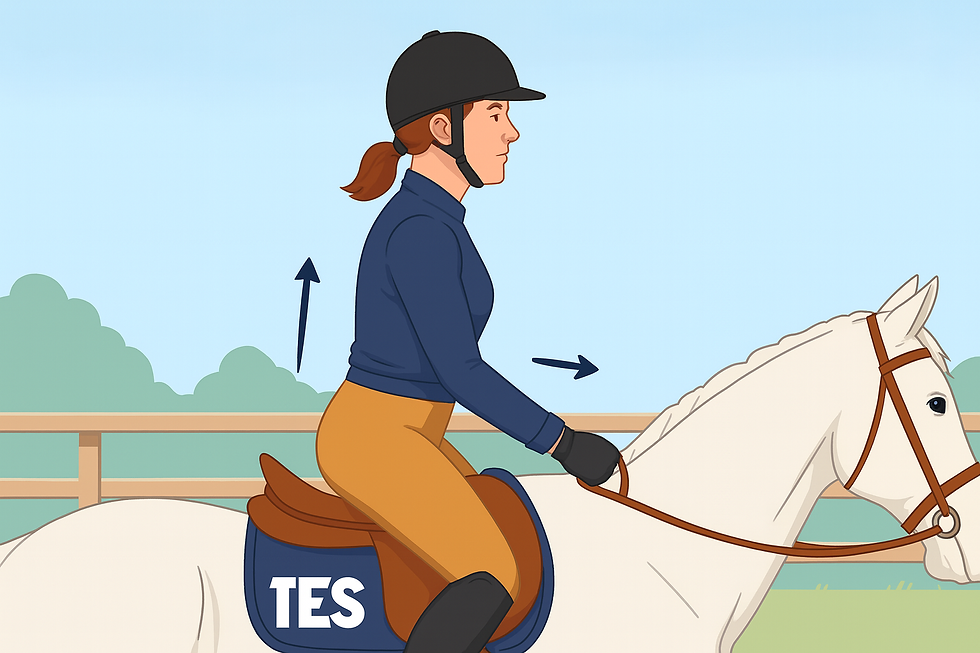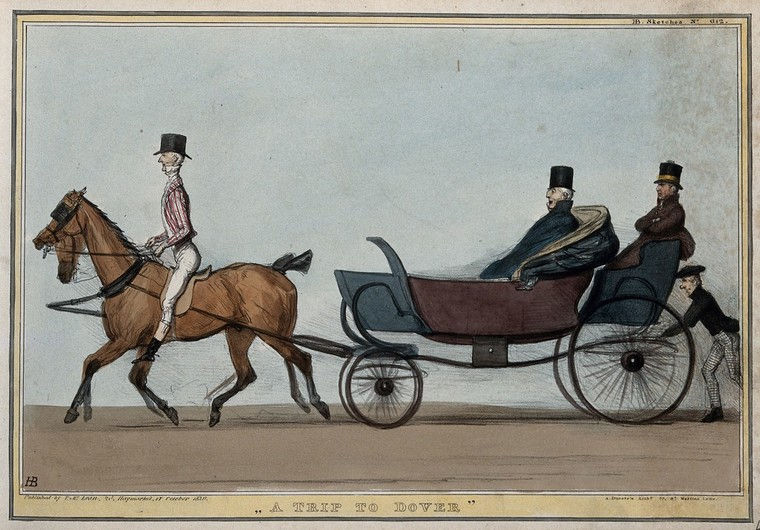Why is it called Posting Trot?
- Victoria English
- Jul 29
- 3 min read
🐴 What Is the Posting Trot — and Why Does It Matter?
If you've started riding lessons, you’ve probably heard your instructor say “start posting” — and maybe even “check your diagonal!” But what exactly is posting the trot, and why do we do it?

🌀 What Is the Trot?
The trot is a two-beat gait where the horse moves diagonal pairs of legs together: the right front moves with the left hind, and the left front moves with the right hind. It creates a natural bounce that, if not managed, can be jarring for both horse and rider.
🔁 What Is Posting?
Posting is a riding technique where the rider rises out of the saddle on every other beat of the trot. This smooths the ride for the horse and rider, making it easier to stay balanced and comfortable — especially at faster trots or over long distances.
You don’t just post at random, though. You rise when the horse’s outside front leg moves forward — that’s called being on the correct diagonal. It takes most riders several months of practice to consistently feel and ride the correct diagonal without needing to glance down.

📜 Why Is It Called the Posting Trot?
To understand where the term posting trot comes from, we need to go back a few hundred years to the 18th century. Back then, wealthy travelers didn’t call for a limo or Uber—they booked a post-chaise. These horse-drawn carriages were the luxury transportation of their time, but interestingly, they didn’t use a traditional coachman sitting up front.
Instead, they used postillions—riders who mounted the front left horse of each pair pulling the carriage. There were a couple reasons for this setup. First, a coachman sitting in front of the carriage would block the view for the passengers. And second, sitting that close could invite awkward conversation between the driver and the social elite in the back—and that simply wasn’t done.
So postillions (also called post-boys) rode ahead, controlling the horses from horseback. To stay comfortable during long journeys—and to ease the impact on the horse’s back—they developed the habit of rising and sitting in rhythm with the trot. In other words, they were the first to "post" the trot.
They even switched diagonals every 10 minutes or so. This made travel smoother for both horse and rider and allowed them to go longer distances without stopping. Over time, this elegant solution to a practical problem gave us what we now call posting the trot.
Fun fact: This style of travel was called “traveling post,” and the tradition continues today. When you see royal carriages, like those used by the late Queen Elizabeth, they’re often still driven by postillions.
Adapted from an article on HorseNetwork.com
💪 What Muscle Groups It Uses & Why Control the Descent Matters
Posting the trot isn’t just about rising — controlling your descent back into the saddle is just as important.
The effort downward requires engagement of your core muscles, inner thighs, glutes, and seat muscles.
When done well, it softens your landing, protects the horse’s back, and enhances the overall rhythm and connection between horse and rider.
Letting yourself plop back into the saddle causes bounce, discomfort, and unpredictable weight shifts — which stresses the horse and throws off your balance.




Comments